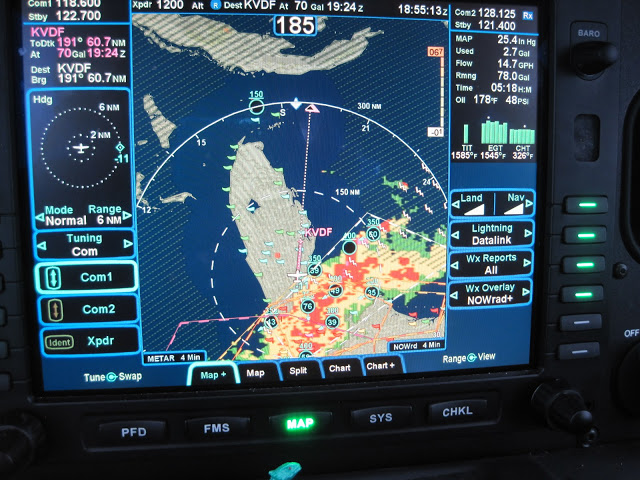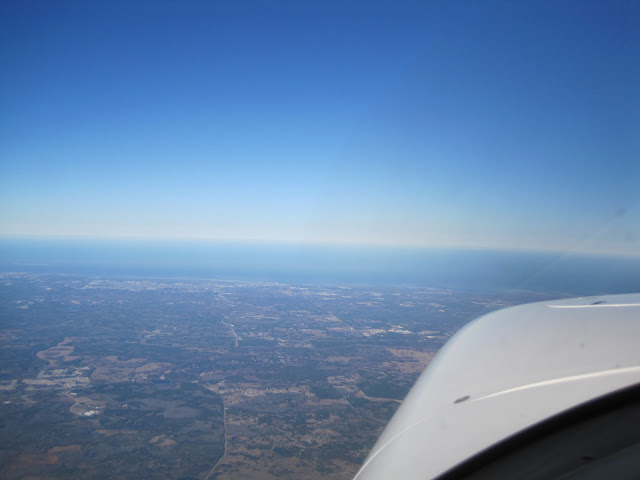Fuel Planning Over The Gulf

Last weekend was a perfect example of why you must “get good” at flight planning while enroute. I planned a simple direct flight over the gulf at 16000 FT from Tampa, FL to Galveston, TX. Conventional wisdom says you do your flight planning on the ground and then simply execute in the cockpit. It sounds […]
Fuel Planning Over The Gulf

Last weekend was a perfect example of why you must “get good” at flight planning while enroute. I planned a simple direct flight over the gulf at 16000 FT from Tampa, FL to Galveston, TX. Conventional wisdom says you do your flight planning on the ground and then simply execute in the cockpit. It sounds […]
Heading Home VFR

Today the weather in Houston was not bad… But the weather forecast along my route home and in FL was downright ugly. Fortunately, PIREPS showed a lot of the weather did not have very high tops along my route. So my plan was to depart VFR, climb up to 17.5k and if needed get an […]
Trip To TX

The trip to Houston this past Sunday happened “almost” as planned. On the one hand, it reaffirmed my flight planning/route selection process. But on the other hand, it reinforced the need for flexible plans enroute. when I was getting ready to depart, I thought the weather was “perfect”. Shortly after takeoff the visibility (and views) […]
